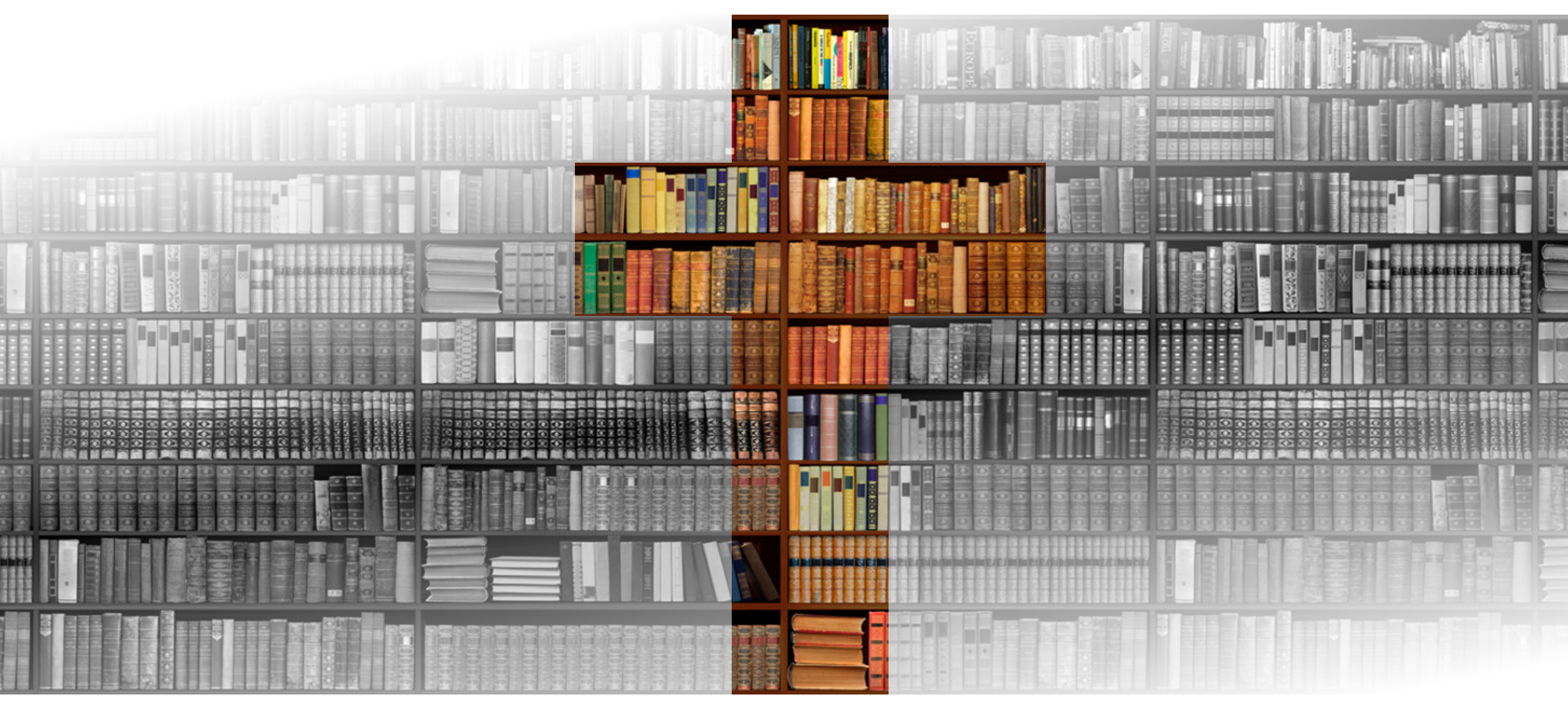I have made it known on both the podcast and this blog that I am not the world’s biggest fan of published adventures or settings. A lot of the creative enjoyment of GMing for me comes from making my own stuff, and with that as given, why would I skip that part?
I mean, I wouldn’t, and that means I generally don’t. I have run a single published adventure at this point, and it was all right, but it wasn’t super well-suited to what I was attempting to use it for. I’d probably try again with the same adventure, but probably in the context of a con game or other limited, one-shot style environment. I think I’d also use pregenerated PCs.
I also hadn’t played in very many published adventures either, at least until Grant started running Princes of the Apocalypse.
I had some initial skepticism – I’d seen a person or two complain about the adventure in some 5e Facebook groups, but it’s the internet. People complain about literally everything. I’m also not a huge fan of the Forgotten Realms and know Grant isn’t either, so I was a little surprised that he’d selected an adventure set there.
As it turns out, a lot of what he saw and liked in the book was structural. The enemies in Princes of the Apocalypse are a quartet of evil elemental cults that are kind of fighting each other and kind of working together.There’s a massive hex crawl full of interesting stuff to dig into, and the material in there is divided up into different types of adventure. We just stopped a frame-up last session as a kind of whodunit, and there has been, of course, plenty of dungeon crawling. The story definitely has bad guys, but it’s not the gruesome horror and cruelty of Out of the Abyss, Descent into Avernus, Curse of Strahd, or Rime of the Frostmaiden.
In fact, there’s something kind of pleasantly cartoony about the elemental-themed bad guys. We’ve mostly been fighting against the Earth faction, which has “regular” cultists, monks, warriors in stone armor, bulettes and their trainers, duergar, and a few other, more unique foes in its roster. The enemy design is actually pretty well-done, and makes for some interesting tactical situations, with the static nature of of the adventure leaving room for us to totally short-circuit the designer’s expectations and feel smart in the process. In one notable example, we got into a fight that included an enemy that had extra abilities in the dark. Our druid player decided to open the fight by casting daylight in the first round, which turned what could have been a nasty, tense combat into some light-hearted butt-kicking. It was great. Grant also purchased it digitally, which meant it came with a lot of the necessary resources like maps, which took a lot of pressure off of Grant to make them himself.
This has proved to be a huge boon for us in several ways. In Shadowrun, there is a style of play called “pink mohawk.” What it basically means is that the players and GM approach the game from at least a somewhat goofy and over-the-top point of view. The fourth wall can be broken occasionally, narration and dialog skew toward the humorous, and so on. That is our default style of play in the Saturday group, especially in games Grant is running. Princes of the Apocalypse, for whatever flaws it may have, actually lends itself rather well to that style. In addition, I don’t think I’d ever have guessed that not having a huge amount of respect for the setting would be a feature rather than a bug, but it absolutely has been. We’ve had a decent amount of silly fun just making fun of corny Forgotten Realms names, places, and other setting elements.
The adventure itself, as alluded to earlier, is perfectly functional, and the loose plot through line means we can almost approach it like a theme park. In the stressful time of 2019 up through the present in 2020, this has been welcome stress relief and a good excuse to spend time with people we genuinely enjoy the company of while still getting to flex some creative muscles.
However, I think a lot of that experience is down to our group’s collective authorial voice as much as the text of the adventure itself. I can definitely see way where a much harsher and/or more serious GM could take what Grant has presented largely as wacky hijinks and make it brutal and scary. The villains could easily be more Gentleman with the Thistledown Hair or Hannibal Lector than the way Grant is depicting them, which is closer to the likes of Skeletor. Back in my earlier gaming days, I would have probably been upset that he was doing that. Aren’t bad guys supposed to be serious and threatening?
Not unless you want them to be, and right now, all of us really, really don’t want them to be. Still, this brought into focus something that I’d been dimly aware of for a while but never fully acknowledged: the experience of any given published adventure is probably more dependent on the people playing the adventure and the person running it than the adventure itself in a lot of cases. There are some where the tone is pretty well set, or course. For example, going back to the list above, I doubt Out of the Abyss is going to lend itself nearly as well to goofy play styles as Princes of the Apocalypse. But with any adventure that’s kind of down the middle of the tonal spectrum between lighthearted and deadly serious, there’s a decent amount of room to pull the tone in either direction through GMing style, PC actions, and so forth.
Looked at through that lens, the value of published adventures becomes a bit clearer to me. Gaming is a lot of fun, but for GMs especially, it is also a lot of hard work. That work can be, and frequently is, extremely rewarding, but more and more, there’s just no time for it. Grant and Krissi have two young kids, the rest of us have jobs at a minimum and typically other responsibilities besides. And Grant is already running a monthly game where he has to be very careful about the content he includes in addition to telling a good story. (Check that out at City on a Hill.) Taking the load of coming up with everything off of him has allowed him to actually enjoy GMing more because the stuff he really enjoys mostly happens in play rather than during prep. In particular, he really likes playing interesting NPCs, which the adventure is well-stocked with. It’s been a huge boon for our group.
All of this is to say that while I’m probably not going to be switching to running pre-made adventures myself as the default any time soon, but I would be lying if I said I haven’t gained a newfound respect for them and what they provide for a gaming group over the last year-and-change. Using a pre-made adventure has not robbed us of Grant’s unique GMing voice or the camaraderie we enjoy as I thought it might.
Those things will be always at the table because we are at the table.
Image by Mystic Art Design from Pixabay




